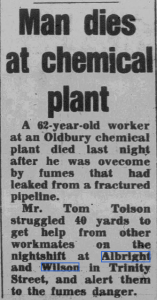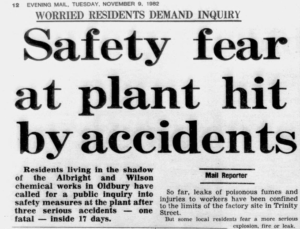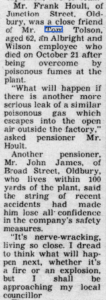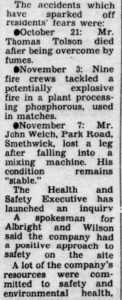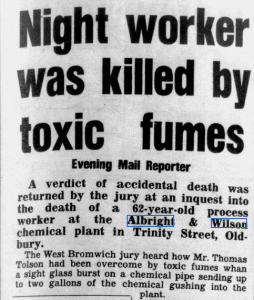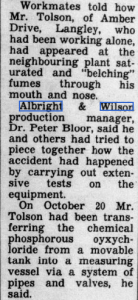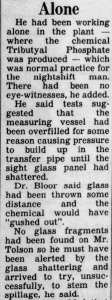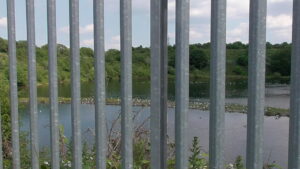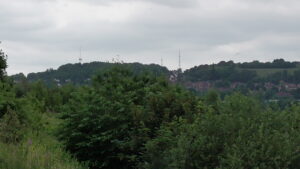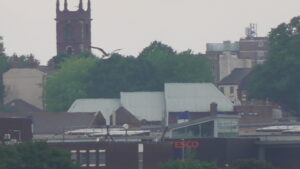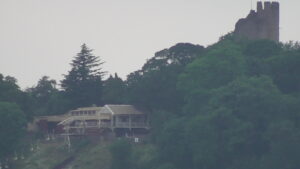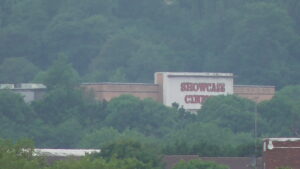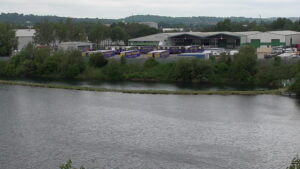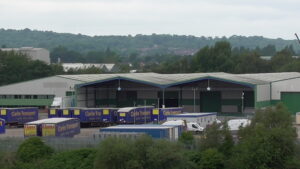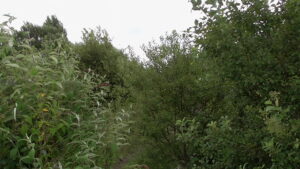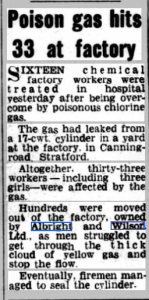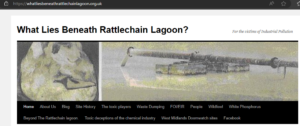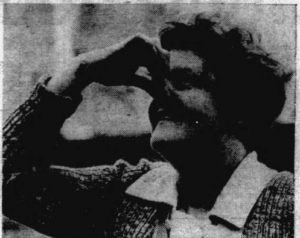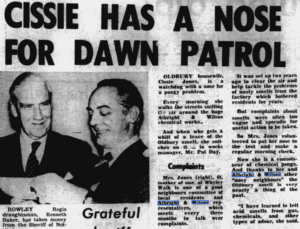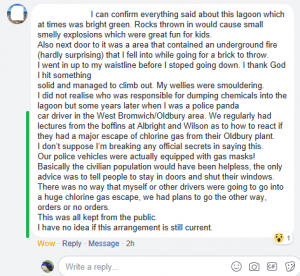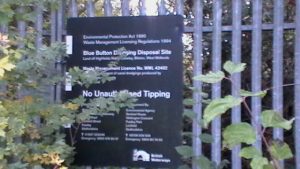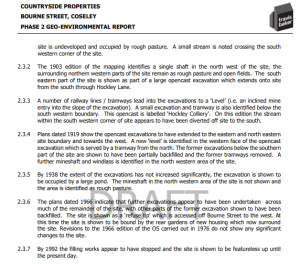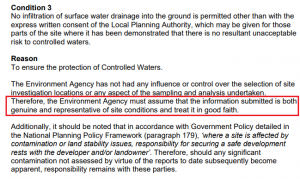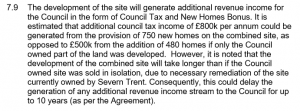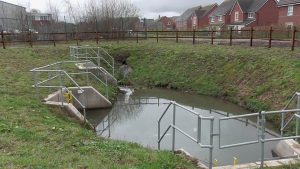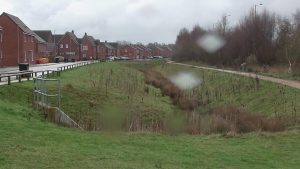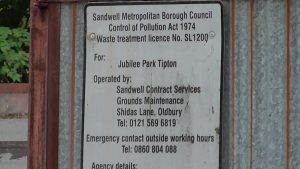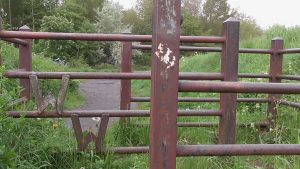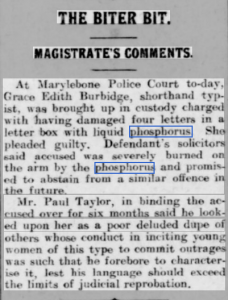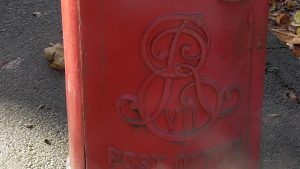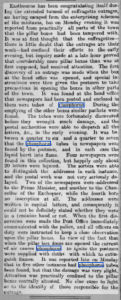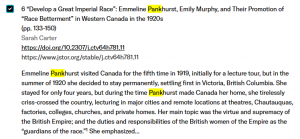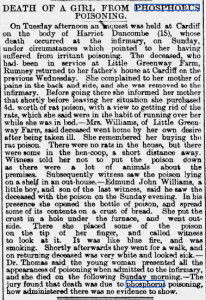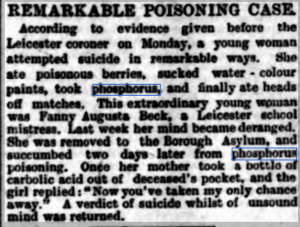
And so to another Trinity Street Albright and Wilson fatality, showing that this is not something that only happened in the late 19th or early 2oth centuries.
The Birmingham Mail of 21st October 1982 reported the death of Tom Tolson, a 62 year old who died after chemical fumes leaked from a pipeline. Though there is not much detail as to the circumstances, it comes as little surprise to me that those in charge would have instantly been thinking of how they could save their own skin, from the works manager down as to the inevitable inquiry.
In the aftermath of this fatal blow, the 9th November Sandwell Evening Mail ran a damning piece on the lack of safety surrounding the Trinity Street AW operation. Local residents were worried about a series of reported incidents IN JUST 17 DAYS concerning chemical releases and poor safety practices. It is certainly apt to state that they were “living in the shadow of the Albright and Wilson chemical works ”
One resident who knew the unfortunate Mr Tolson feared releases of chemicals whilst another was “nerve racked” about a potential explosion or gas escape into the environment. WE KNOW OF COURSE FROM A COPPER OF THE TIMES THAT THEY WERE RIGHT TO BE SO AFRAID.
As for getting in touch with their local councillor, we also know what a bunch of AW cocksuckers the labourites in Sandwell were, going right back to chief red fellator Melsom during the days when he defended this bunch of scum from the Oldbury smell.
The paper then outlines the incidents, starting with Tom Tolson’s death. You may have thought that this would focus the minds of these boffins, or even the unions to whom the unfortunates belonged- but not so. On November 3rd, a phosphorus plant fire was tackled by 9 crews. I wonder what the AW fire brigade were doing that day FFS! have covered the unfortunate individual and his amputated limb and subsequent fight for compensation, which Albright and Wilson contested HERE.
Despite this we get the usual fantasy bullshit, written most likely by liar and weirdo Bloore. Note that the Health and Safety Executive were supposedly conducting an inquiry into the fatal blow.
In March of the following year, the Sandwell Evening Mail revealed more on the circumstances surrounding Tom Tolson’s death. The substance in the plant in question was phosphorus oxychloride, also known as phosphoryl chloride.
Tributyl phosphate is manufactured by reaction of phosphorus oxychloride with n-butanol. Hydrochloric acid is also produced.
POCl3 + 3 C4H9OH → PO(OC4H9)3 + 3 HCl
Unfortunately the HSE appear to be totally absent in this investigation, unless this inquest was badly reported on by this paper. Instead we get Bloore- then “production manager”, telling a story about how they, Albright and Wilson had carried out a replication of the circumstances of the machinery failure. I WOULD HAVE THOUGHT THAT THIS WAS THE JOB OF THE HSE FFS!
Some questions and observations after reading this-
Was the plant not impounded after the event?
Was the area not searched for evidence?
Why did the HSE not carry out their own tests?
Why was a man of 62 working alone with dangerous chemicals?
Why did AW and the production manager consider it “safe” for such a man to be working alone at night?
Did AW review this practice after this event?
What emergency procedures were followed and were these good enough?
How could a man of such experience of 20 years make such a rookie mistake as is suggested by Bloore?
Was Bloore under oath?
I don’t see any personal regret or statement of sorrow from Albright and Wilson or Bloore himself.
I cannot believe that the jury returned a verdict of accidental death, and that this was not challenged because the failures were with this company and management, and they contributed to his death. Shit jury!
We have seen this before with Albright and Wilson where events are blamed on individuals carrying out practices that were not corporately safe to start with, and there would be more after this fatality at the same site and under the same management. Just when does “accident” ever become the corporate manslaughter which it was with these shit judges and juries? I would suggest the freemasonry at work here delivered them the verdict that they wanted once again. You can see how well this company were so well protected by the state it served.

